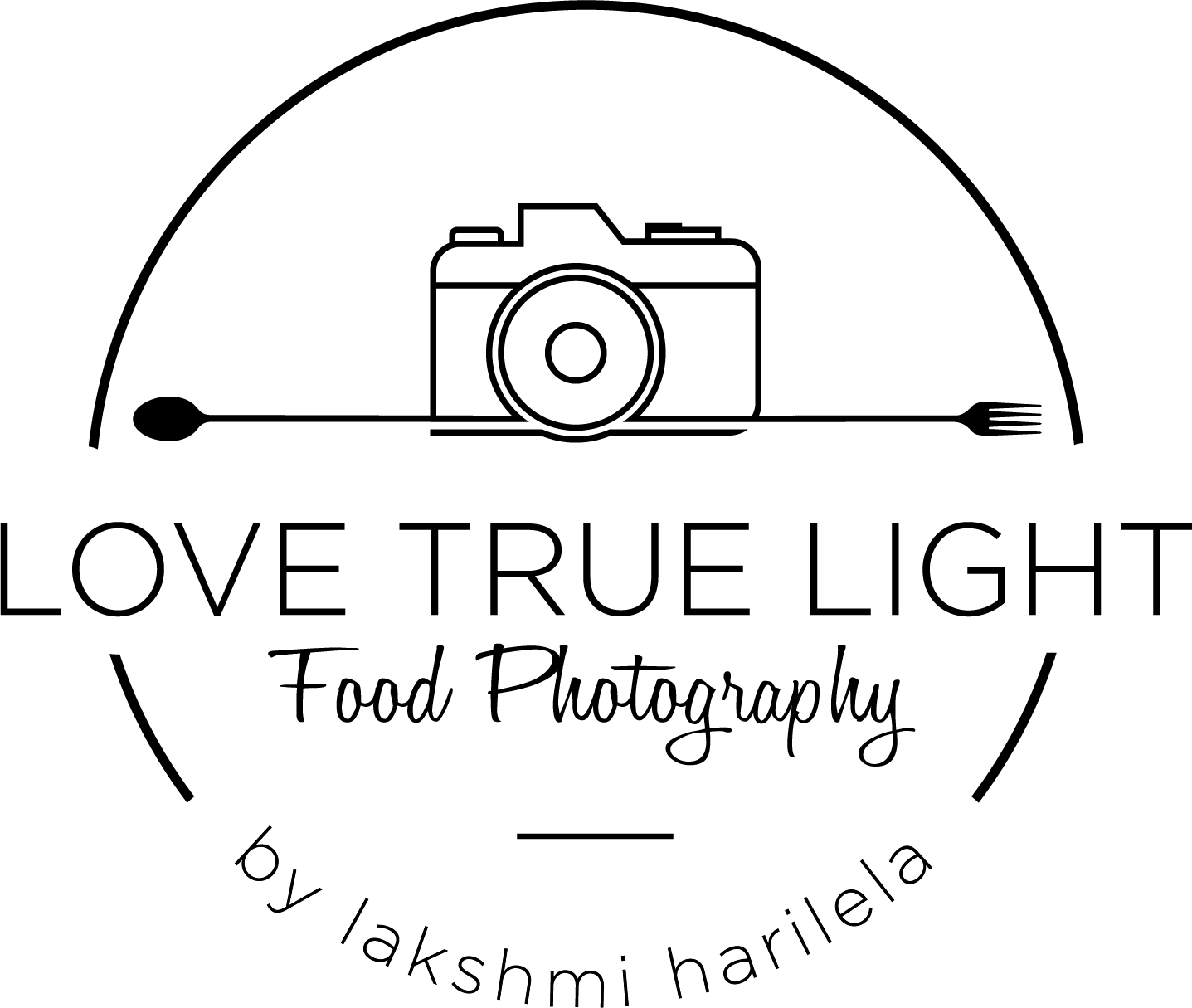Learn from the expert, Lakshmi Harilela, on how to properly photograph food
With the advent of food bloggers and social media such as Facebook and Twitter, there's no denying it: everyone is a food critic. And if that is not disconcerting enough to restaurateurs, there is also the visual element. Time after time, we have seen plates of beautifully plated and visually attractive food reduced to a smudged blur on someone's Facebook profile, essentially reducing the chef's artwork into a children's painting. This has proven so galling to some top chefs such as New York's David Chang that he has banned picture-taking in his restaurant, Momofuku Ko.
As far as we know, no restaurant in Hong Kong has so far banned this practice so to respect the vast amounts of work put into all the intricately plated dishes we regularly admire, we have asked food photographer Lakshmi Harilela to give us her top tips on how to take a good food photo.
According to Harilela, "food photography need not be tricky, once you know the general rules that govern beautiful picture taking. When photographing food, always remember how you want to portray the food. Do you want to show the dish as a whole, or would you like to create some kind of mysterious quality about the dish?"
Here are some of her top tips:
Perspective
In the case where you would like to literally show the whole dish such as dim sum, a bird's eye view works well. Foods like steak don't, as the thickness is lost in the bird's eye view, so decide in advance what works best.
Get low
True food photography is based on getting in really close to the food, and blurring out the unnecessary parts. This usually means taking the shot from a lower perspective than normal. Getting low down enhances the depth and shapes extremely well. You may find it helpful to go down to the height of the table, placing the camera on the table and shooting from there.
Steady hands
One of the most important tips of all is steadying your hand. With a steady hand comes sharp, focused images that can make a world of difference to the viewer.
Crop
Cut out the riff raff. When shooting any type of food, it is important to get those raw elements up close and personal and avoiding a busy background. This is sometimes referred to as "cropping". When you zoom right into the food, there is less distracting visual elements and so the textures and qualities of the dish are being represented adequately.
No direct flash
Avoid direct flash and utilise slow shutter speed. Images usually look much better without flash placed directly on the camera, and with most DSLR's or pocket cameras, the flash is located on the top of the camera itself. This is why it is better to eliminate the use of flash and use available lighting and a slower shutter speed.
Backlighting
When food is lit from behind, it gives off a natural, rustic vibe. It always enhances certain details that would otherwise be lost. So if you have the source of light, use it, you will be amazed by the effect it brings on.
Shallow depth of field
As mentioned earlier, blurring out distractions is a very important part of food photography, this is what is termed as a shallow depth of field. Using a shallow depth of field usually gives off that "something something". If your camera has a macro mode, use it for food photography. However, if the purpose of your image is to capture the full scope of what's on the table, then blurring out other dishes would not be optimal. So decide what the purpose of your picture is, this will determine whether or not to use a shallow depth of field.
Adjust white balance
This can make a world of difference to the image. Usually indoor restaurants use tungsten bulbs, which can make food images look a little too yellow. So adjusting the white balance to either 5000k or daylight balance can maintain a natural look and feel to the image.
All images used in this article are taken by Lakshmi Harilela. To see more of her photographs, please visit her website.
